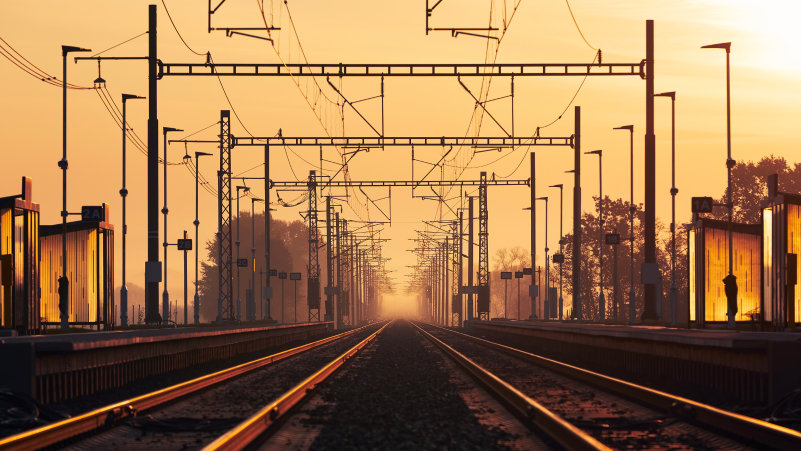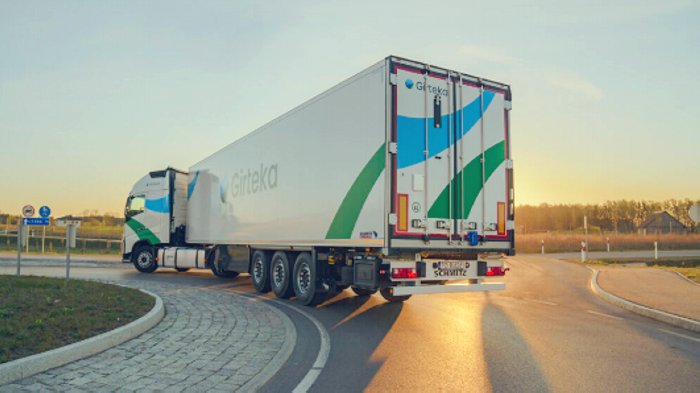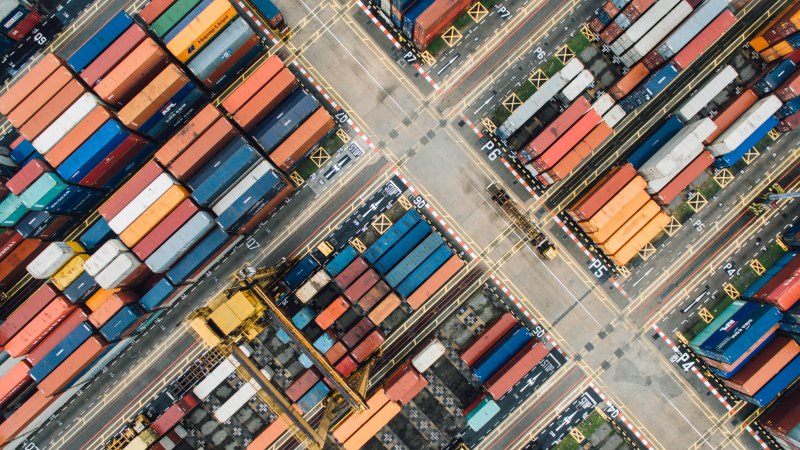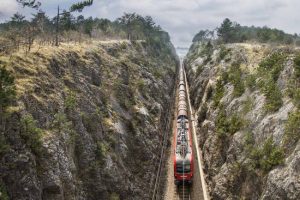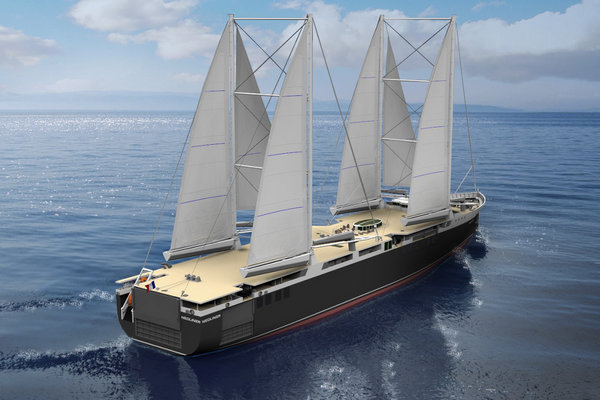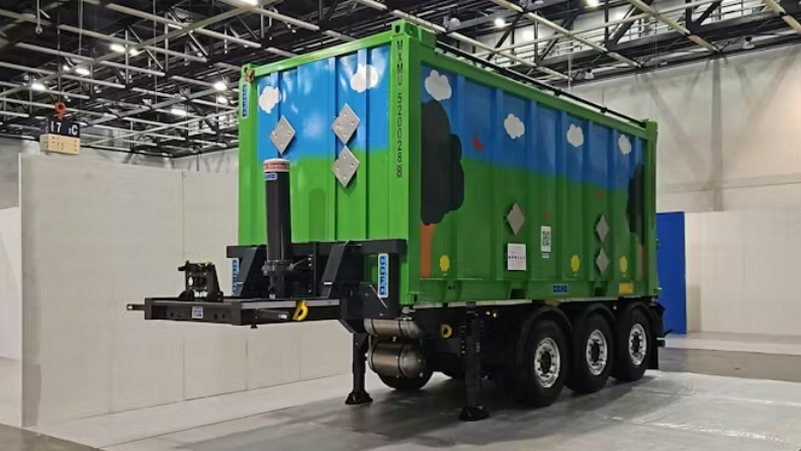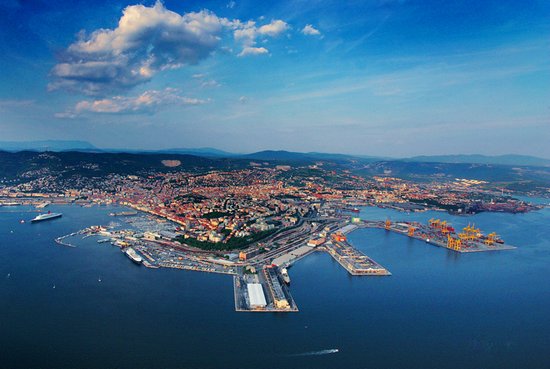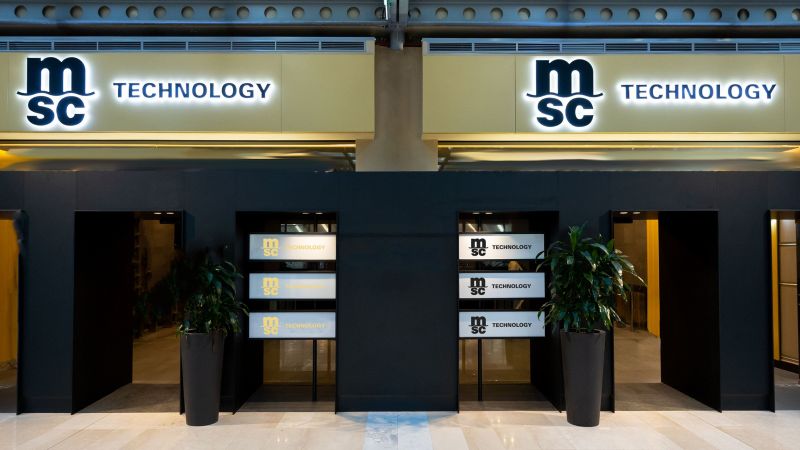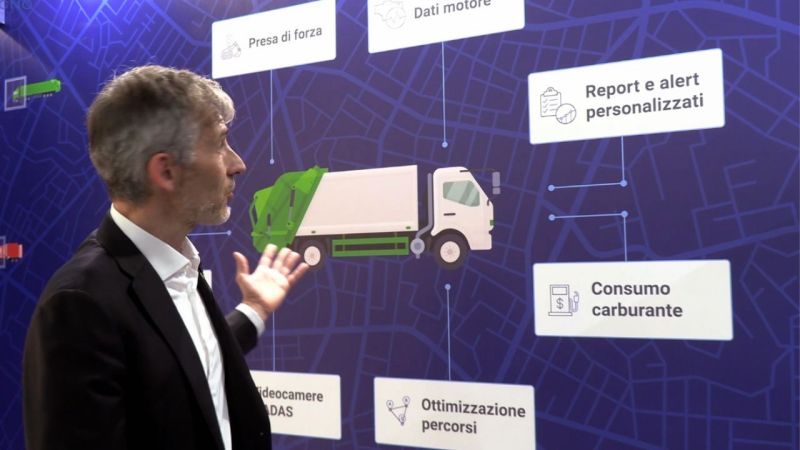The countdown has virtually begun, according to proponents, bringing the Slovenian port of Koper (Capodistria) closer to challenging the nearby Trieste port in terms of railway infrastructure. However, the Trieste port remains relatively unperturbed due to its robust railway share: in 2023, 54% of containers passing through Trieste’s docks were loaded onto freight trains, with more than two hundred trains connecting the port to national and European logistic hubs weekly.
Koper is striving to narrow the gap and bridge a divide primarily due to the outdated single-track railway line connecting the Slovenian port to the Divača inland corridor. This historic line, with gradients reaching 26 per thousand, is no longer competitive for freight traffic. The project for a new, modern, and higher-capacity route has long been on the Slovenian railways' wishlist but faced significant financial hurdles, with costs eventually exceeding 1.2 billion euros, supported by community contributions.
Construction began in September 2021. Now, despite numerous challenges, the first significant milestone has been reached: the state company 2DTK, overseeing Slovenia's largest infrastructure project, announced the completion of all tunnel excavations on the new route. From a construction perspective, this achievement is significant, as the project entails seven tunnels totaling 20.5 kilometers, approximately three-quarters of the nearly 27-kilometer-long Koper-Divača line. Furthermore, tunnels, being the primary works of art, also present the greatest technical uncertainties during excavation, inevitably impacting costs. In total, 37 kilometers of tunnels have been excavated, including the main route and service and safety tunnels, the latter required along larger tracks dug into the mountain. Slovenian railways estimate completing the entire route by 2026.
The new Koper-Divača line is being built to accommodate double tracks, but initially, it will have only one. However, Slovenian authorities have announced plans to expedite the completion of the double track, with an investment of around 350 million euros starting in 2026 and a projected four-year completion timeline. Initially, the new line will operate as a one-way route, favoring uphill trains, in combination with the historic line, which remains temporarily operational, effectively functioning as a distant doubling. Upon completion, the Koper-Divača line will handle over 200 trains daily, with a theoretical capacity exceeding 35 million tons annually.
Piermario Curti Sacchi


